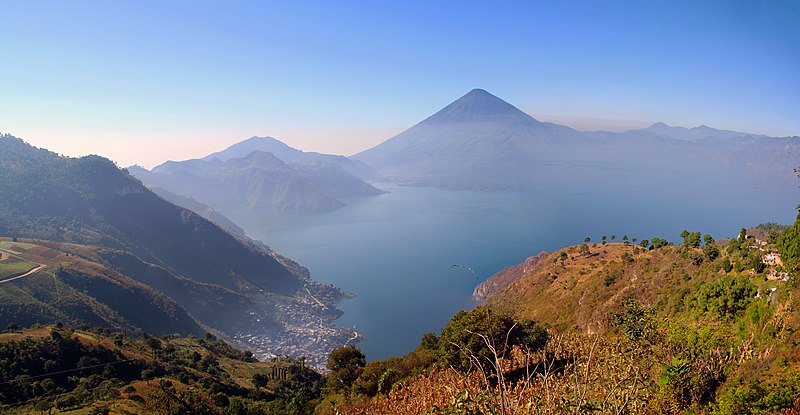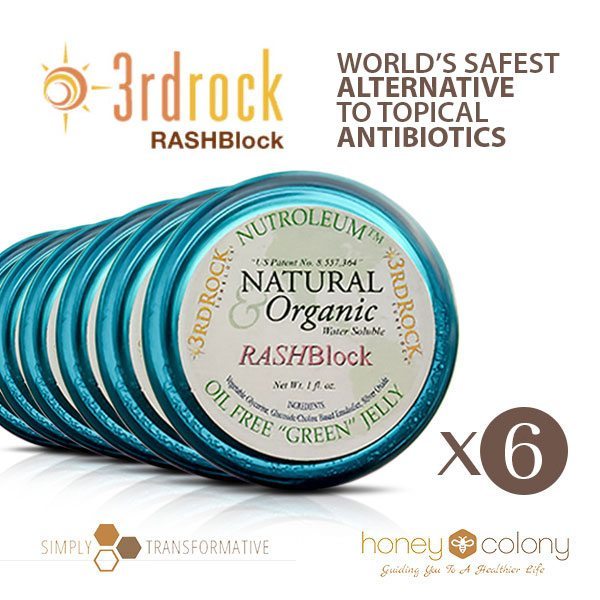Sharing is caring!
Permaculture Design Certification
I have embarked on a quest – to earn my permaculture design certification in combination with a badass road trip across three countries in Central America.
My intentions are to find joy, travel, and deepen my connection with the land and people while learning skills that can benefit the bees and my environment.
This particular journey, which was organized by Running Buffalo Journeys, is one of magic, earth wisdom, and community building. One of Running Buffalo’s mission for our group of 26, which range from ages 6 to 69, is to feel safe, loved, and celebrated. Here we are invited to let our guard down and be ourselves as we learn about Permaculture.
Permaculture was created as a solution to the problems caused by our postmodern industrialized consumer-based society. And while many of the concepts have been used throughout the ages, biologist and environmentalist Bill Mollison was the one who introduced the permaculture design certification in 1978.
But what is permaculture exactly?
Simply put, it is the harmonious integration of landscape and people; it’s a philosophy that teaches us how to provide food, energy, and shelter with sustainability in mind.
Another definition: permaculture is the re-integration of the human community into Mother Nature’s design in such a way that land and people grow in richness, productivity, and beauty.
The skills we will learn can be applied to every aspect of our lives; they teach us how to tap into the abundance of nature and see the connections around us. Eventually, it becomes a way of life that mixes many elements of the sustainability movement, including green building, organic farming/gardening, and animal husbandry.
Our role as humans is to make the earth more capable of sustaining life — not destroying and depleting its resources. Through permaculture principles we increase our natural capital! As we heal the land, we heal ourselves.
Permaculture also invites us to reframe many aspects of our world and life. (But more on that later.)
First stop: Guatemala, Lake Atitlan

We begin our journey at Atitlan Organics in Guatemala on rich, magical volcanic Mayan land with a group.
I took a red eye out of La La Land at midnight and arrived in Guatemala City at six am. I checked into a hostel as a few of my fellow travelers were trickling in on later flights and our destination was six hours away by car. By the time we arrived at Lake Atitlan, it was ten pm.
Lake Atitlan is situated in the Highlands of the Sierra Madre de Chiapas mountain range and is the deepest lake in Central America (1,120 ft deep). It is surrounded by three volcanoes on its southern flank. The culture of the towns and villages is influenced by the Mayan people.
In 1955, the area around Lake Atitlán was named a national park. Three years after that the government sought to increase tourism to the region, which was mostly unknown to the rest of the world.
Apparently, “Pan American World Airways” suggested they stock the lake with a fish prized by anglers. They introduced the black bass and an ecological catastrophe ensued. The invasive fish quickly ate the other inhabitants, eliminating two-thirds of the native fish species, and contributed to the extinction of the Atitlan Grebe, a rare bird to the region.
This devastating scenario reminded me of the documentary Darwin’s Nightmare, a chilling tale about the repercussions of introducing the Nile perch in Tanzania’s Lake Victoria. Every time you hear the word ‘introduce,’ you may as well run screaming.
Today 80 percent of land is in the hands of about 10 percent of the population.
According to Ronald Lec, a permaculture teacher and an indigenous Mayan anthropologist from Guatemala, many agro industries such as Del Monte and Chiquita (formerly known as the United Fruit Company accused of bribing government officials in exchange for preferential treatment) have pushed the indigenous people into the highlands.
Meanwhile, the north side of the lake is now deforested while the south side grows mainly coffee, which was introduced to the region by the Germans in the 1890s.
A variety of other crops such as avocado, corn, and onions are also grown along with beans, squash, tomatoes, cucumbers, garlic, chile verde, and strawberries.
I am still investigating which pesticides, herbicides, and fertilizers are used here. Lec, who has been teaching and implementing permaculture systems throughout the world over the last 17 years, with a focus on food sovereignty for Indigenous communities in Mesoamerica, has confirmed that many of the chemicals used here are illegal in the United States. It’s safe to say that some may find their way back into the States and end of being digested regardless.
As a result of pollution from agricultural runoff and human waste, cyanobacteria has been discovered in the lake. This bacteria can produce neurotoxins, hepatotoxins, cytotoxins, dermatotoxins and gastrointestinal toxins. Both humans and animals can experience illness from exposure during recreational activities and other water uses.
Atitlan Organics
“If you think about it, we are always designing,” says Shad Qudsi, our other teacher on this trip who has over 13 years’ experience in organic and commercial gardening and farming. “Let’s say you decide to keep an extra blanket by your bed in case you get cold, you are essentially designing your sleep experience.”
In this respect, permaculture involves looking at things from a different perspective, and drawing on our innate knowledge rather than stuffing us with information. In a sense it involves unlearning.
Qudsi is the founder of Atitlan Organics, a fully-functioning, profitable, organic, permaculture farm located in the small Mayan village of Tzununa (Zoo-new-nah), on the north shore of the lake. Founded in 2010, the farm has cultivated a large edible and useful plant nursery and is involved in training and educating its surrounding community.
Goats play a major role in the design and functionality of the farm. Aside from goats, they also tend flocks of chickens for meat and eggs, geese, and pigs. The farm is also home to over 150 useful species of plants. They utilize earthworks and plant diversity to capture sunlight, water and other nutrients, and to provide food and medicine for wildlife, our animals, and ourselves.
Environmentalists and activists talk a lot about ‘minimizing our carbon footprint.’ But says Qudsi “it wreaks of separation.” And he is right. Do we really want to adopt a mindset where we as humans are “bad” for the environment?
“We become blind to the good we can do,” he adds. Instead he suggests, we should “optimize our footprint and maximize our handprints.”
Tomorrow we begin the morning with a Mayan Fire Ceremony…stay tuned for more turtle magic!
 Maryam Henein is an investigative journalist, professional researcher, and producer of the award-winning documentary Vanishing of the Bees.
Maryam Henein is an investigative journalist, professional researcher, and producer of the award-winning documentary Vanishing of the Bees.
Submit your story or essay to Buzzworthy Blogs.
I would love your support. Patreon is made for independent content providers like myself who do not seek support from the system. If everyone just gives $1 a month, hive mentality will prevail. In exchange I will be able to conduct research and share independent information about the food supply in Central America and permaculture.
You can read more here. I am also using GoFundMe for those who just want to give a one time donation.


